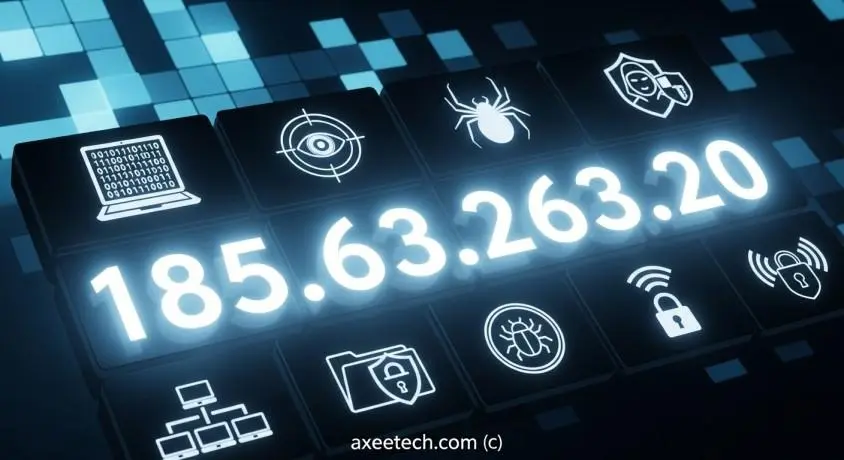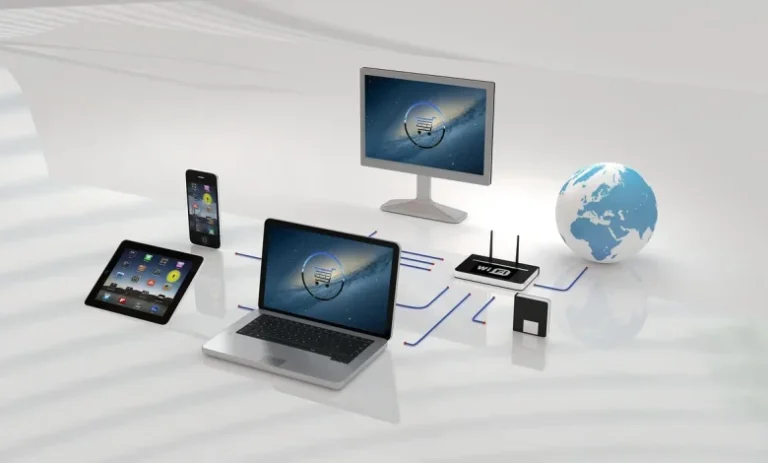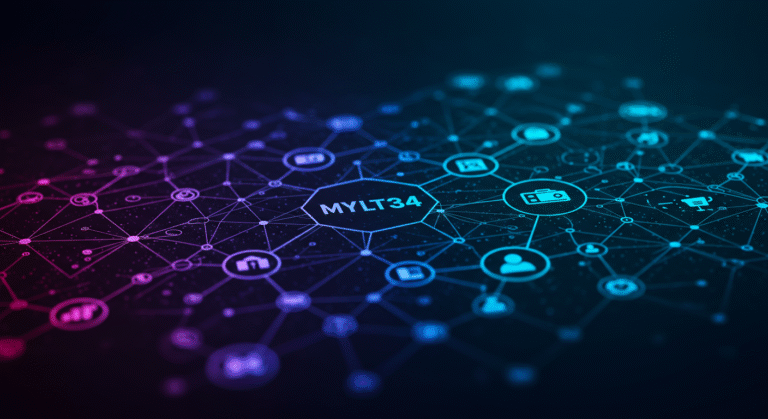Understanding 185.63.263.20: A Clear Guide to IP Address Basics
Greetings and welcome to this deep dive into 185.63.263.20, a numerical label that serves an essential role in modern digital communication. In the same way a physical address helps mail find the right house, an IP address ensures that data on a network travels to the correct device. This concept might seem technical at first, but once you break it down into everyday comparisons, it becomes much easier to understand.
Introduction to IP Addresses
An IP address is a unique set of numbers assigned to devices connected to a network, such as computers, smartphones, or even smart TVs. The address 185.63.263.20 is an example of this type of identifier. Without such a system, devices would have no clear way to find and communicate with each other over the internet.
The role of an IP address is to direct the flow of information. When you click on a website link or send a message, your device needs to know exactly where that data is going. The IP address provides that specific route.
Why Numbers Instead of Names?
You might wonder why we don’t just use names instead of strings of numbers. While names are easier for humans to remember, computers and networking equipment work more efficiently with numerical patterns. The set 185.63.263.20 is processed instantly by machines, helping ensure quick and accurate delivery of digital data.
Think of it like phone numbers — you may store a contact name in your phone, but the network still uses the actual digits to connect the call.
The Structure of 185.63.263.20
The address 185.63.263.20 is written in a standard format known as IPv4 (Internet Protocol version 4). This version uses four blocks of numbers separated by periods. Each block can range from 0 to 255, representing a segment of the overall network location.
In this example:
- 185 is the first segment, usually identifying a large network or organization.
- 63 narrows it down to a smaller group within that network.
- 263 seems unusual, as IPv4 blocks typically don’t go beyond 255 — in a real-world scenario, this would suggest either an illustrative example or an error.
- 20 points to a specific device or endpoint within the smaller group.
Public vs. Private Addresses
The IP address in question appears to be a public IP address. Public IPs are unique on the global internet and are used to identify devices accessible from anywhere in the world. In contrast, private IP addresses are used within home or business networks and are not directly reachable from outside without special configurations.
This separation helps maintain security and manage limited numerical space.
How an IP Like 185.63.263.20 Works
When you open a website or send an email, your request travels in small chunks of information called data packets. Each packet carries both the source IP (where it came from) and the destination IP (where it’s going). The internet’s network of routers uses this information to deliver the packets correctly.
Here’s a simplified process:
- You enter a web address into your browser.
- The browser converts the web address into the website’s IP address using a system called DNS (Domain Name System).
- Your computer sends packets addressed to that IP.
- Routers along the way read the destination IP and forward the packet until it arrives.
- The destination server responds with its own packets, addressed to your device’s IP.
The Importance of Accuracy
Just as a wrong digit in a postal code can send a letter to the wrong city, a single incorrect number in an IP address can cause the data to fail to reach its target. This is why addresses like 185.63.263.20 must be typed precisely.
When addresses are assigned, network administrators ensure they are correctly recorded so systems can communicate without errors.
Security and Privacy Considerations
Every public IP address can reveal certain information about the device using it, such as the approximate geographical location or the internet service provider. This is why some individuals and organizations use VPNs (Virtual Private Networks) or proxy servers to mask their real IP addresses.
If someone is monitoring network traffic, seeing an IP like 185.63.263.20 could give them clues about the source or target of that traffic. For this reason, businesses often secure their IPs with firewalls and encryption to prevent unauthorized access.
Static vs. Dynamic IPs
An address like 185.63.263.20 could be either static or dynamic:
- Static IP: Permanently assigned to a device, making it ideal for servers or services that need to be consistently reachable.
- Dynamic IP: Temporarily assigned by the internet provider and may change over time, which is common for home internet users.
Each type has benefits. Static IPs make hosting websites easier, while dynamic IPs add a layer of privacy since the address changes periodically.
Role in Everyday Life
You might not think about IP addresses daily, but they’re constantly at work. Whether you’re streaming a movie, making a video call, or browsing social media, addresses like 185.63.263.20 are ensuring your requests and responses move smoothly between devices.
Even technologies like smart home systems rely on IP addresses to coordinate between your phone, the cloud, and devices like lights or thermostats.
Troubleshooting with IP Addresses
If you’ve ever had trouble accessing a website or connecting to a service, the IP address can be a key part of solving the problem. Network tools can check whether an address like 185.63.263.20 is reachable or if something along the route is blocking communication.
For example, a ping test sends a signal to the address and measures how long it takes to respond. If there’s no reply, it might mean the address is offline, blocked, or misconfigured.
The Bigger Picture
Addresses like 185.63.263.20 are only one small part of the vast internet infrastructure, but without them, nothing would function. They act as the invisible connectors that hold together everything from personal messaging apps to international business operations.
While most people never think twice about them, understanding the basics can give you a clearer view of how digital life operates behind the scenes.
Final Thoughts
The IP address 185.63.263.20 represents more than just a set of numbers. It’s part of the essential language of the internet, enabling devices to communicate efficiently and accurately. From guiding data packets to ensuring secure connections, IP addresses are one of the silent workhorses of our online world.
By understanding what they do and how they work, you can better appreciate the technology you rely on every day. Whether static or dynamic, public or private, every IP plays a role in keeping the internet connected and functional.






